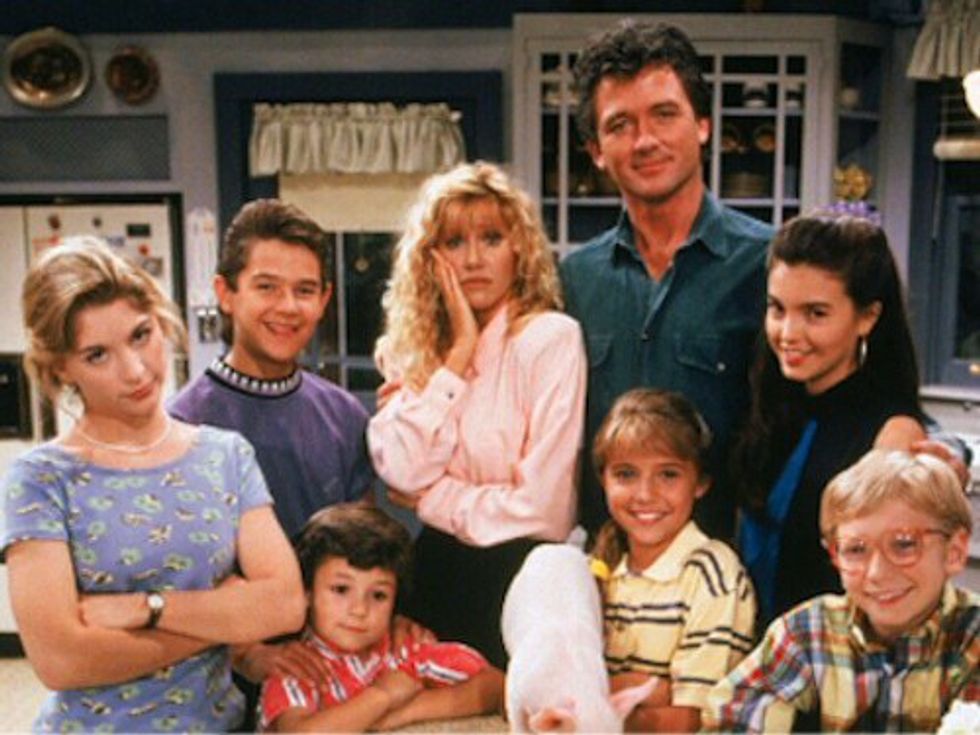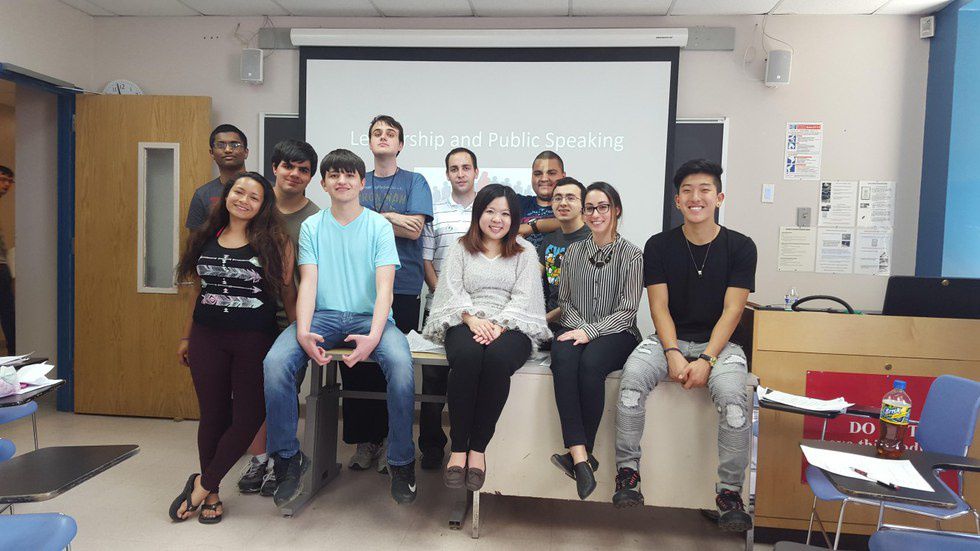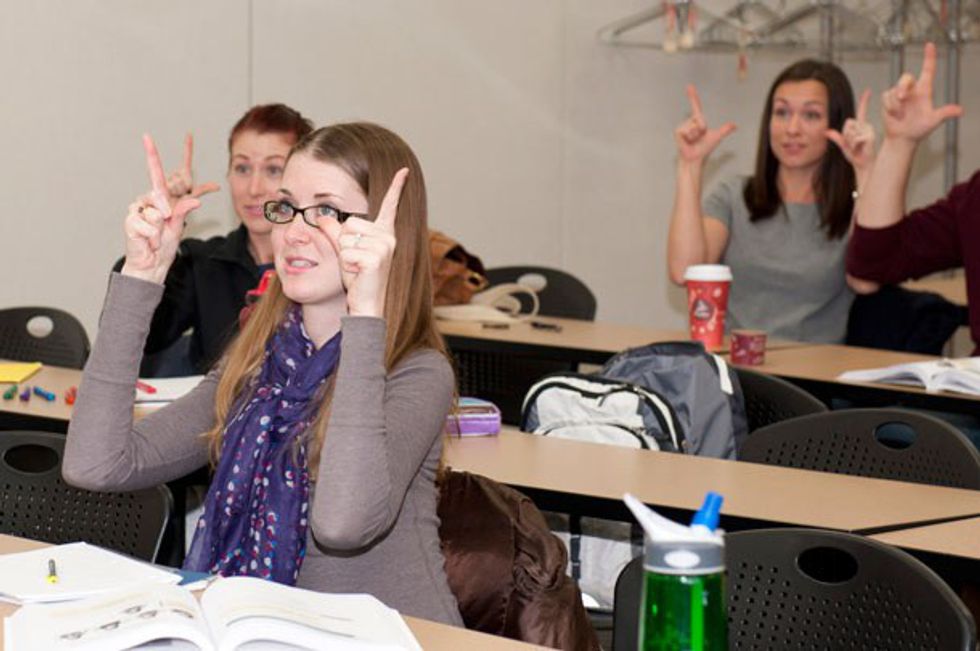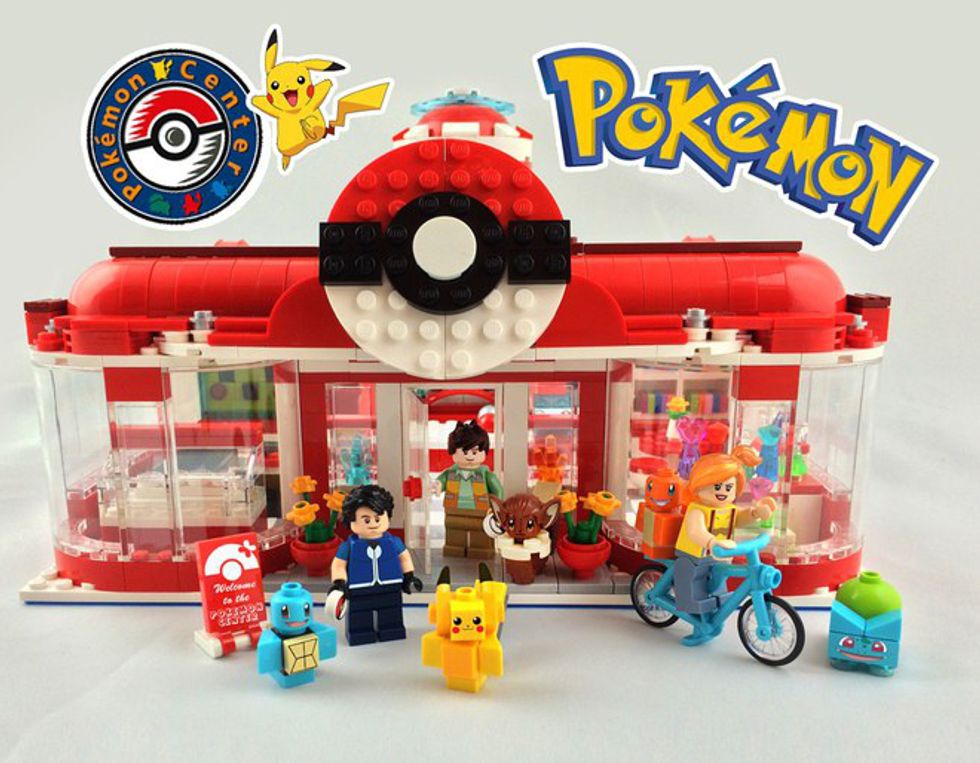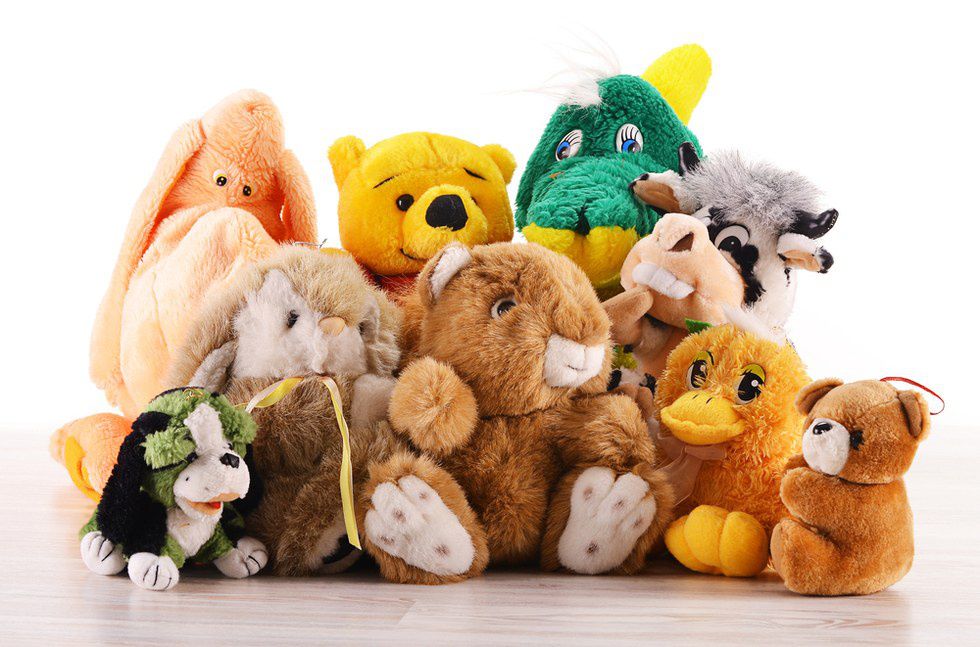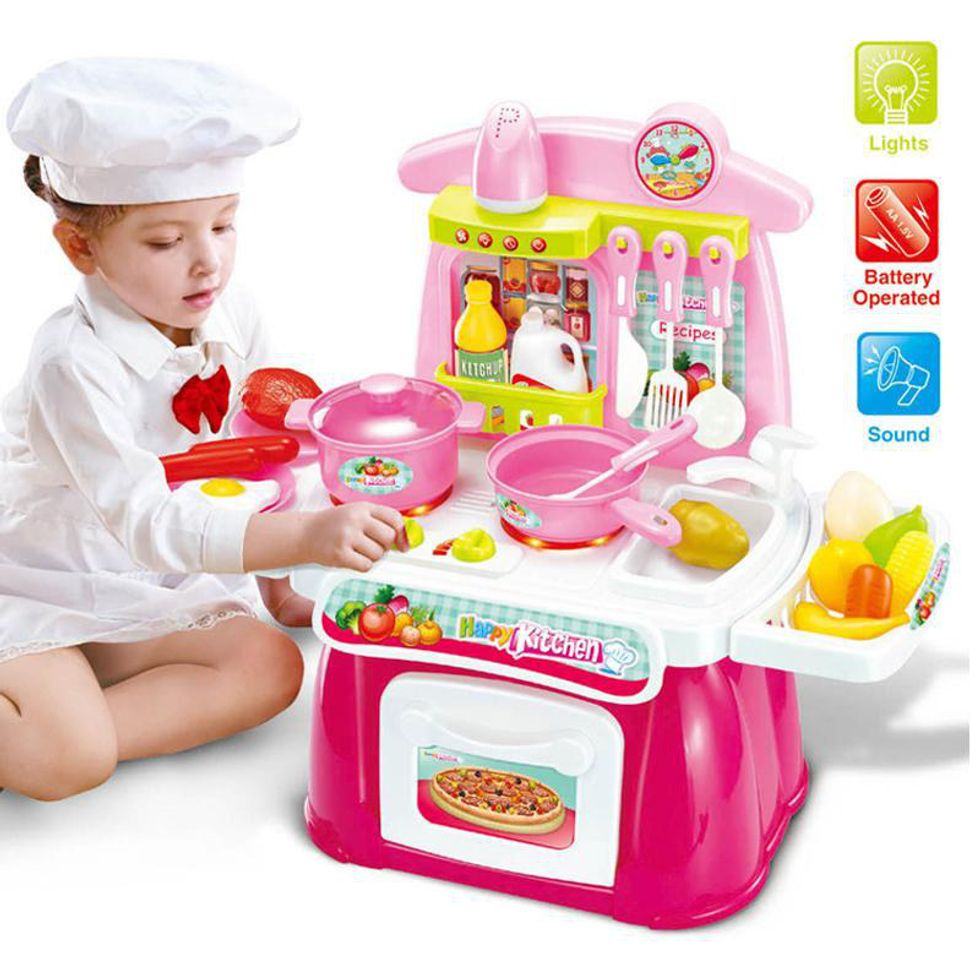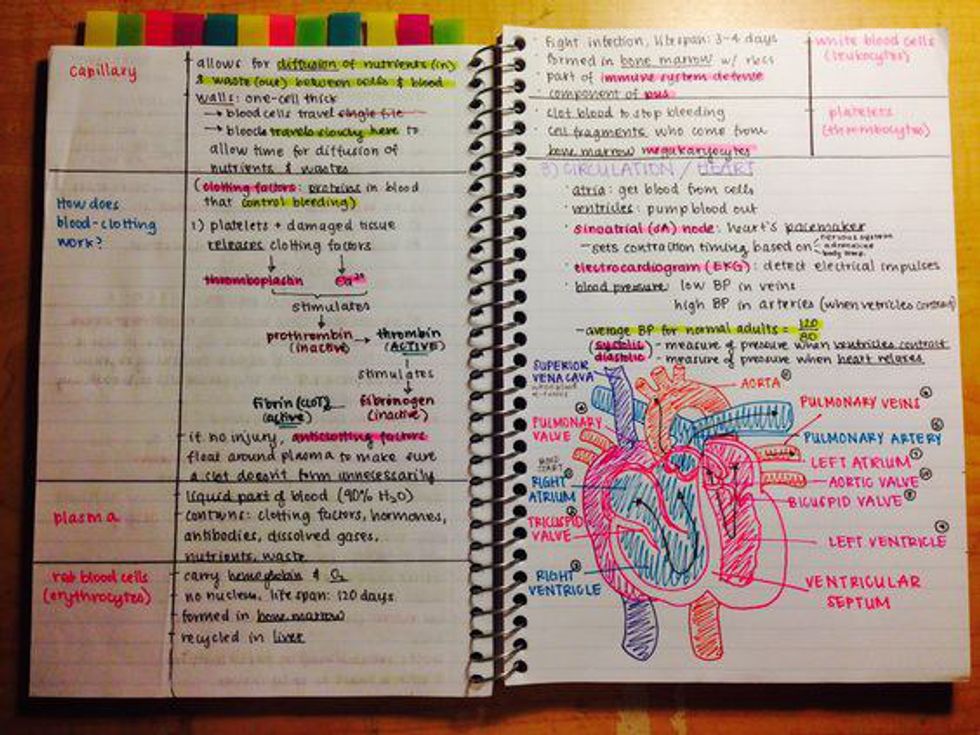MEDIA AND CHILDREN: PROBLEMS AND POSSIBILITIES
Tips for Writers of Films and TV Shows for Children & Adolescents
- For Writers of Preschool Shows and Educational Television: Expand educational curricula from ABC’s and 123’s to various areas.
- When teaching children about disasters including but not limited to hurricanes, earthquakes, and fires, feature “heroic figures” such as firemen, police officers, EMT’s, etc. Have these figures speak tell the child characters that they can count on them during an emergency. This will let children know that although destruction occurs as a result of disasters, there will always be people helping and rebuilding afterwards. More importantly, teach children how they can efficiently respond to an emergency in a step-by-step format. This will help children develop problem-solving strategies.
- The next addition to the curricula could be mindfulness. If your show is animated, write a character knowledgeable of yoga and meditation that instructs the other characters how to do the exercises. If your show is live action, invite a mindfulness or meditation expert to teach the audience and the other characters how to live mindfully and do yoga.
- For Writers of Animated Films and TV Shows
- Steer away from the “hero vs. villain” formula. Even if there is a villainous or antagonistic character, have him or her change ways and have a reconciliation with the protagonist of the story. This will teach children about the beauty of forgiveness, understanding, and accepting of each other’s differences. More importantly, this narrative formula can teach children to solve conflicts through their words rather than by violence
- Do not always have kids dislike vegetables like broccoli and spinach. Many children refuse to eat these foods because the characters they like in movies and television dislike these foods. If their favourite characters like green vegetables, then they would want to eat them too. This was the case with Popeye and spinach.
- For Writers of Films and TV Shows about Families.
- Illustrate the harsh realities of growing up without getting too dark or complicated for children. For example, depict the hardships of experiencing a death in the family while still providing messages of hope.
- If aiming towards a spiritual audience, have an adult relative use comforting words towards the child character such as “he will look down on you” or “her spirit will always be with you.” If you are not specifically aiming towards a spiritual audience, emphasize the importance of remembering the deceased relative. Also, consider combining the two.
- Consider storylines of financial hardships such as debt, bankruptcy, foreclosure, etc. without getting too deep into the political process. Depict families who have these financial challenges but overcome them together through their faith and optimism. However, do not have the financial hardships solved for the family right away. Have the characters work towards their success. Also, have the characters learn patience while they try to figure their problems out.
- When writing storylines involving divorce and parental separation, do not depict one parent as a villain and the other as “the good one.” It is important for children and teens to understand the reality that just because their parents split up, it does not mean that they stopped loving their children, nor does it mean that they are bad people. Moreover, if one of the parents get remarried, do not depict the stepmother or stepmother as “wicked” as they typically are in Disney films.
- For Writers of Shows Designed for Preteens and Teens:
- Avoid depicting the “popular kids” as “mean.” Writing characters who are friendly and popular will teach children and adolescents that this TV-show stereotype is not always true.
- Don’t just focus on the social aspects of adolescence, depict the academic struggles that preteens and teens face as well. Show students seeking extra help from their teachers when they have trouble with their schoolwork. When depicting the classroom setting, do not just have one teacher in the classroom. Consider adding teaching assistants depending on their relevance to the story. For example, if a character is diagnosed with autism or another cognitive or learning disability, it would make sense for that character to have a one-on-one aide work with him or her.
- When depicting social life, have “social groups” intermingle. In other words, instead of isolating them into groups such as the jocks, the cheerleaders, the nerds, etc., have them all intertwine with one another to teach children and adolescents that they are allowed to be part of more than one friend group.
- What many teen sitcoms and dramas on channels such as Freeform and The N lack are characters getting into arguments regarding activity on social media. It would make sense for teen sitcoms and teen dramas to incorporate these storylines because many conflicts in today’s teen friendships involve social media. However, do not depict their friendships ending. Instead, show teens work to save their friendships. This is not to say that the teen characters should become friends again right away. Show friends taking a brief break from one another in order to process their emotions before having them reconcile. Having teen characters “make up” after social media conflicts can teach modern teens that just because they might have fights with their friends on social media, it does not mean that their friendships should end permanently.
- If you are a writer from a minority background (i.e. African American, Latino, Middle Eastern, disability), feel brave enough to write stories based on the struggles you have faced being a member of your background while still keeping the material age appropriate. Writing these film or television stories can make children and adolescents of these minority backgrounds feel more included and represented by society.
- For example, if you moved to the United States from a Latin American or Middle Eastern country in your preteen or teen years, write based on or loosely based on your experience without delving into the political process of immigration. That is, do not mention Green Cards. Remember what it was like learning a new language and socializing in a new country.
- If you are a writer with a disability (i.e. autism, deaf, hard-of-hearing, blind, cerebral palsy, etc.), write based on your social and educational experiences during childhood and adolescence. Think about how you were accepted or rejected by other kids. In addition, think about the degree of difficulty of your academics.
- Note to web designers of films and TV shows written by minority groups: If your film or TV show has a website, include a forum on the website for children and adults to share their stories about being an immigrant, an adopted child, or a person growing up with a disability. Having these stories on the website can make preteen and teen users feel less of a minority whether they are African-American, Latin-American, Middle-Eastern, autistic, deaf, blind, etc.
- If addressing teen pregnancy and you decide to have the pregnant character keep her baby, do not just focus on the pregnancy and end the story after she gives birth. Illustrate the conflicts that teen parents face once their child is born including time management between school and child caretaking and maintaining a healthy relationship with the co-parent. Additionally, depict the financial struggles associated with parenting such as being able to buy food and clothing and taking children to doctors. Including these storylines could make teenage girls less likely to rush into sex being that they know they could end up pregnant and taking a lot of responsibilities.
- Abortion is a highly controversial issue. In the United States abortion is not completely legal, nor is it completely illegal. Certainly, having a character experience abortion in a film or television show is more than likely to stir mixed audience reactions. Although the percentage of teenage abortions have dropped since the 1980’s, there are still teenage girls who receive them. Nevertheless, about one-quarter of pregnant teenagers get abortions. Therefore, it would make sense to incorporate it into film and television storylines. If you decide to have the pregnant character turn towards abortion, do not glorify nor villainize abortion. In other words, depict the emotional and physical hardships while also highlighting the various reasons why women and teenage girls would turn to them (i.e. school, financial difficulties, terminal illnesses, ectopic pregnancies, etc.). Additionally, show the process ranging from the fear of what other will think if she gets the abortion, going to Planned Parenthood, and the physical side-effects of the operation. Do not make abortion look so easy by just showing the abortion and ending the storyline there.
Tips for News Channels
All children and adolescents are exposed to the news, even in small doses. Whether they want to admit it or not, children of all ages (preschool kids and adolescents) can get scared of media coverage of events such as hurricanes, earthquakes, terror attacks, shootings, etc. This is not to say that you should not cover the tragedies of these events. In fact, include both the negative and the positive. As stated previously in “Tips for Writers of Films and Television Shows for Children and Adolescents,” it is important for children to be aware that there are individuals helping during emergencies including government officials and medical personnel. Also, mention the people rescued during the emergencies. Children and adolescents are most likely to catch glimpses of the news in the morning, mid-afternoon, and nighttime because these are the times when kids come home from school or parents come home from work. During these times, cover “positive stories” such as charities or social minorities gaining civil rights. These stories will let children and adolescents know that good does exist in the world. After all, it is healthy for people of all ages to begin and end their day on a positive note.
Tips for the FDA
- Work with farmers, produce and organic food companies to do more advertising for healthy foods. Try to make the advertisements for these foods just as appealing as “junk food” ads. This could possibly decrease the rates of obesity among children and adolescents.
- Work on reducing the prices of healthy foods so that they are more financially accessible for all social classes and incomes. Again, this can reduce the percentages of obesity.
Tips for Toy Companies and Marketers/Advertisers
- Make disclaimers such as “Fast Motion Photography Used,” “Each Set Sold Separately” in bigger fonts and bolder prints so that children are more aware of them. LEGO advertisements make it seem as if LEGO sets only take a few seconds to build when in reality it takes patience to build a whole set. Therefore, having “Fast Motion Photography Used” in bigger, bolder print can help children develop more patience when playing with LEGOs.
- Do not feel obligated to categorize toys based on gender stereotypes.
- Cast both girls and boys in advertisements for toy animals and cooking kits because there are boys who grow up to work with animals or in the food industry. Not only will this make boys want to play with toys typically designed for girls but also play with their sisters or other playmates who happen to be girls.
- Cast both boys and girls in advertisements for “action toys” because female leads are being seen more in contemporary action films. (Rey in Star Wars: The Force Awakens and Jyn Erso in Rogue One: A Star Wars Story). Not only will this make girls want to play with toys typically designed for boys but also want to play with their brothers or other playmates who happen to be boys.

In closing: No matter which age group, gender, ethnicity, physical or cognitive disability of the audience, think about how the material in your film or television program will benefit the audience. The first step is to think about previous trends typically seen in films for children and adolescents and how they may have impacted them negatively whether it was by lowering self-esteem, creating unrealistic expectations about life, or promoting violence. After all, solutions to media issues cannot be formulated without observing the problems in the first place.








